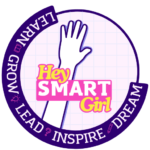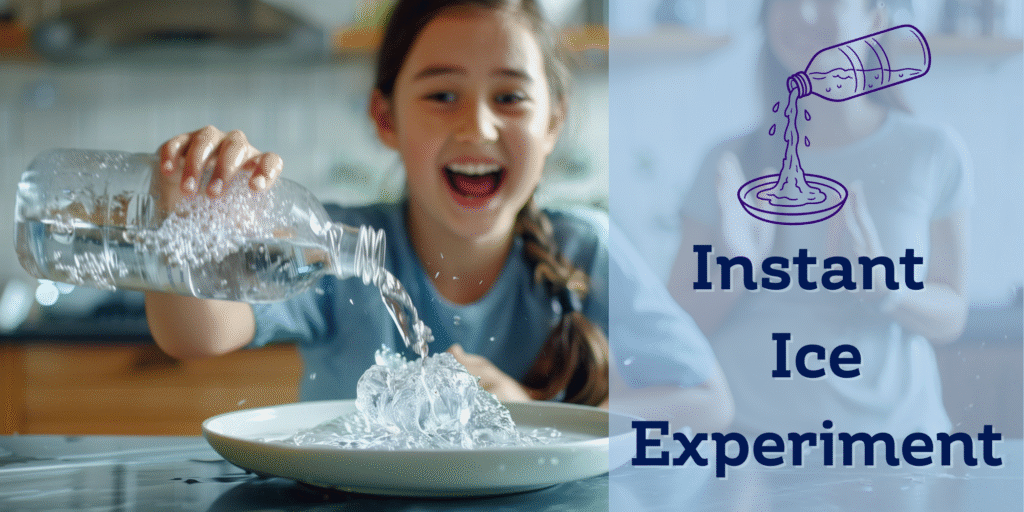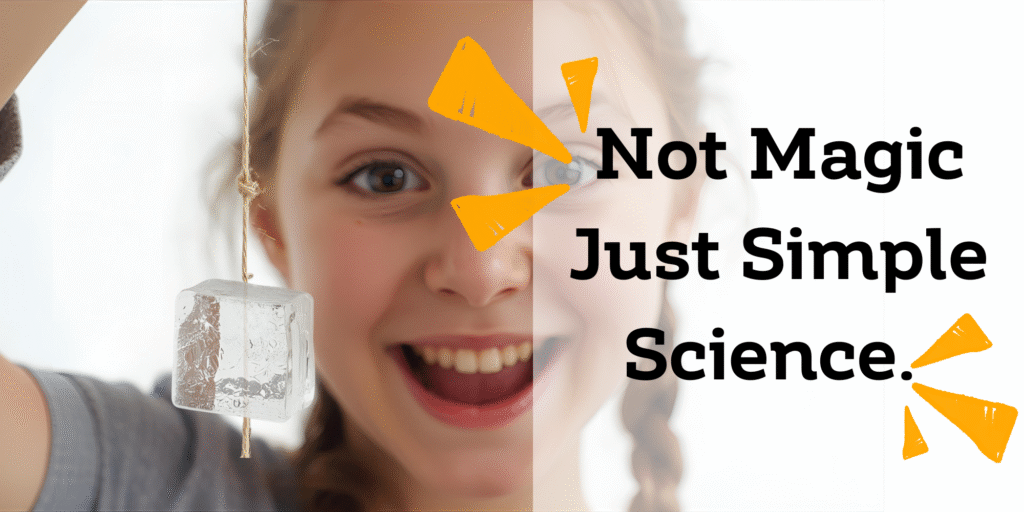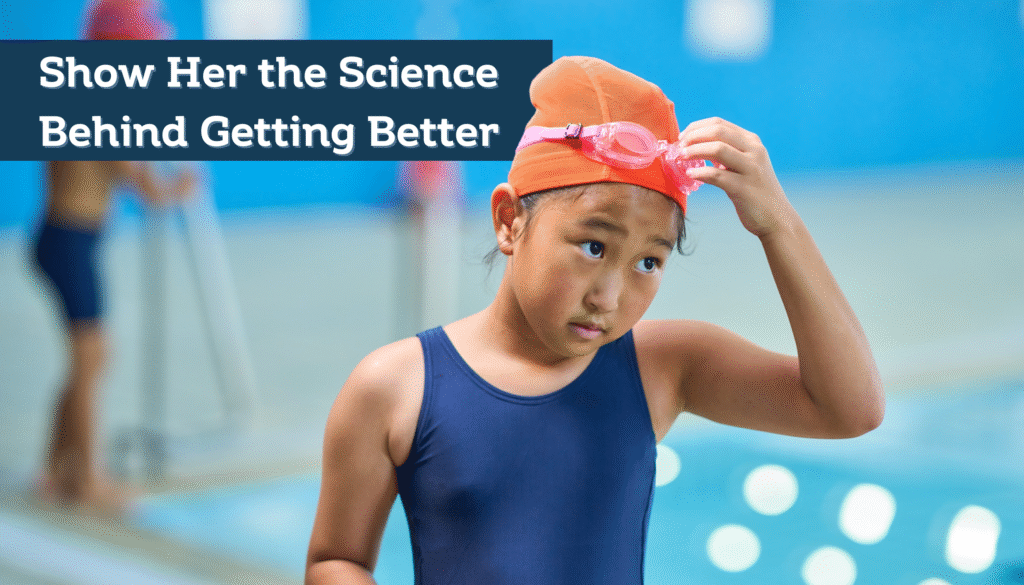If your girl loves science (or surprises!), this winter STEM experiment is going to blow her mind — because she’ll watch water turn into ice right before her eyes. It’s quick, simple, and uses only a few things you already have at home.
This is one of the most magical-looking science tricks — but don’t worry, it’s 100% real science. And yes, there may also be a little disappointment if the bottle freezes before she gets to pour it — but hey, that’s science too! Curiosity, trial and error, and trying again — all part of the fun.
What You Need
- 2–3 bottles of purified or distilled water (NOT tap water!)
- A freezer
- Ice cubes
- A bowl
How to Make Instant Ice (Step-by-Step)
- Put your bottles of purified water into the freezer for 2–3 hours. They need to be super cold but not frozen solid. Start checking after 2 hours, then every 15 minutes.
- Set up a bowl with some ice cubes in it — this is where the “magic” will happen.
- Carefully remove one bottle from the freezer. Don’t shake it! If you bump it, it may freeze instantly inside the bottle.
- Slowly pour the supercooled water over the ice cubes.
- Watch as the water instantly turns to ice the moment it touches the ice cube!
Download the Free Winter STEM Lab Activity Book →
The Science Behind the Wow Moment
Here’s a quick clip showing the WOW moment!
The water in your bottle is actually colder than its freezing point — a state called supercooling. It hasn’t frozen yet because the water molecules don’t have anything to “grab onto.”
When the supercooled water touches an ice crystal, it finally gets a “seed” to start building the crystal lattice of ice. That tiny trigger causes the entire bottle to freeze instantly — one molecule at a time, locking into place in a chain reaction.
This is the same process that forms snowflakes, frost patterns, and natural ice crystals in the real world. It’s the perfect moment to talk about states of matter, molecules, and why winter science is full of hidden surprises.
Think Like a Scientist
Encourage her to experiment! Ask questions like:
- What happens if you use tap water instead of purified water?
Tap water has minerals that interfere with supercooling — she’ll spot the difference. - What if you bump or shake the bottle?
It might freeze instantly inside the bottle — another fun result. - Does it work faster with more ice? Less ice? Different bowls?
This experiment is perfect for building confidence: she gets to make predictions, test ideas, observe results, and repeat. That’s exactly how real scientists think.
Get Your Free 20-Page Winter STEM Lab →
Want More Fun Winter Science?
This Instant Ice experiment is just one of the hands-on activities inside the free 20-page Winter STEM Lab — packed with puzzles, trivia, and more winter science your daughter will love.
Send Me the Free Winter STEM Lab →
More Easy Winter Science Experiments for Kids

Ice Cube and String Winter Science Experiment
A sneaky easy winter science experiment for kids where they lift an ice cube using only string and salt — the perfect STEM “party trick”.

Run a fun ice melting race with salt, sugar, and a control cube. A simple winter STEM activity that shows how salt melts ice on roads.







